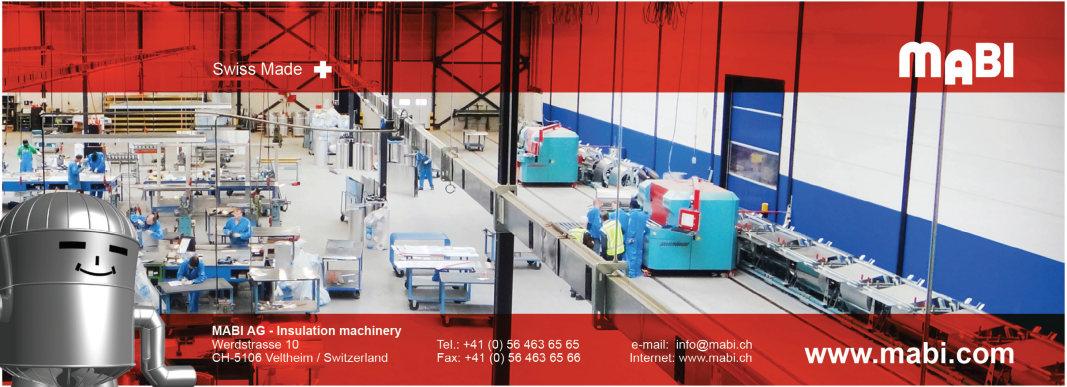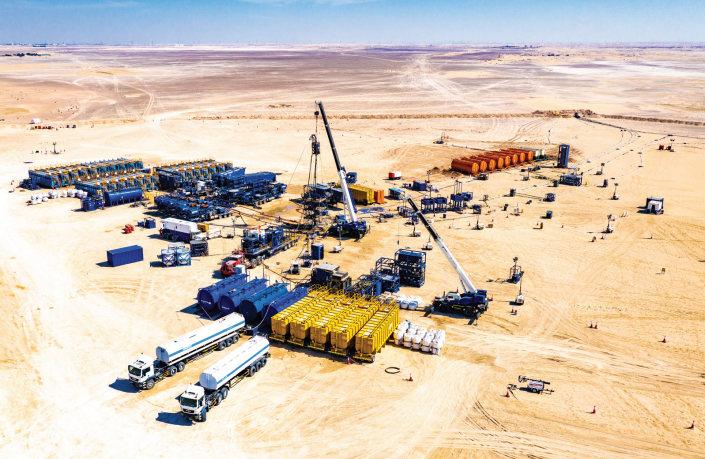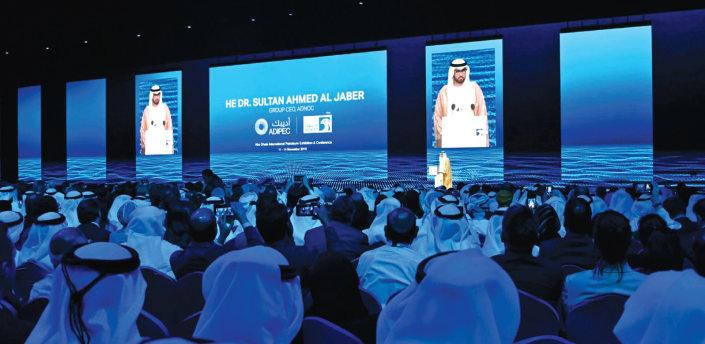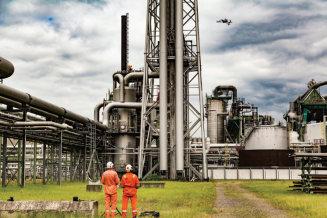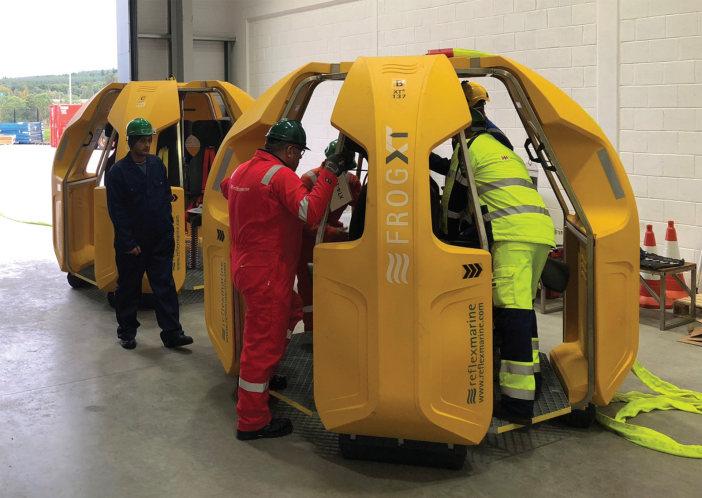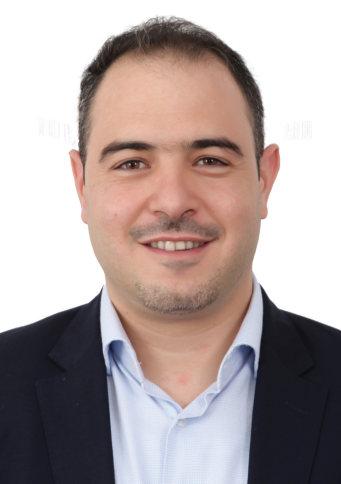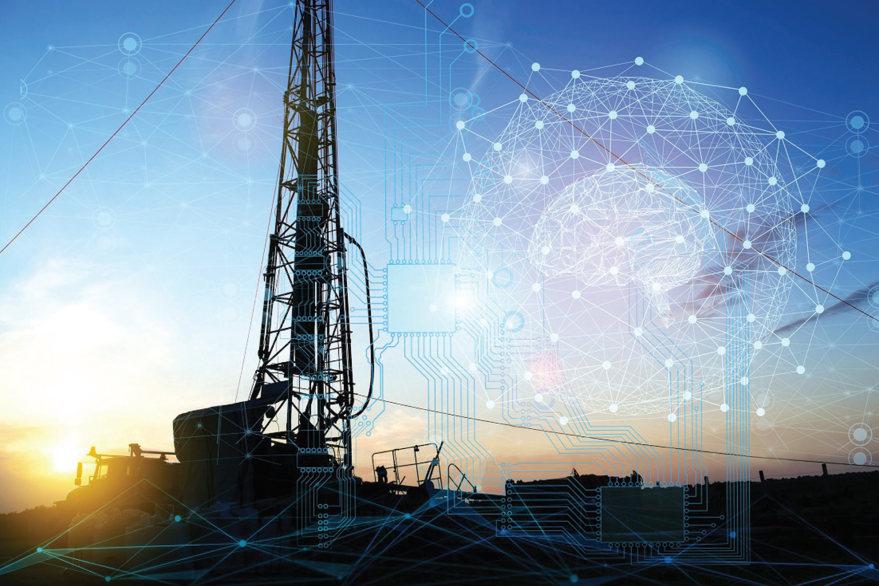
6 minute read
The transition to the digital oilfield
John Geasa, senior director of IoT Product and Services at Speedcast, discusses the benefits of digital oilfield transformation for offshore operations in the Middle East and beyond.
THE RECENT INTEGRATION of the Internet of Things (IoT) into a broader number of sectors worldwide has sparked an industrial evolution in which a vast amount of data is being transmitted and received between a growing number of devices. As operations become streamlined due to this enriched communications network, industrial productivity has increased, while simultaneously reducing production costs. As a result, operators are competing to deploy the best possible network which will enable them to deliver the most competitive prices, quality and market position.
This is especially true in the energy sector, where the introduction of IoT requires a carefully managed transition to the digital oilfield. Oil rig operators, along with oilfield services companies across the Middle East, are now under increased pressure to invest in the modernisation of their platforms and overall efficiency, to keep up with widespread innovation and demand for enhanced data to better analyse and adjust their operations for safety and efficiency. In doing so, they can take full advantage of digital transformation to deliver a service which better benefits their customers, their work environment and their Return on Investment (ROI). Solutions such as Speedcast’s IoT, (see https://www.speedcast.com/bloghub/2019/how-upstream-and-midstreamenergy-companies-boost-roi-with-iot/), Machine Learning (ML) and data analytics provide reliable automated responses to ease crew responsibility, minimise error margins, and reduce overall costs.
Data overload
More connected machinery and devices onsite means that a surge in data is generated, putting a strain on existing IT networks and systems. To support the transition, a resilient scalable network is required to cope with and protect the data. Without laying this stable foundation, operators risk a decrease in efficiency,
By implementing IoT and ML technology within digital oilfields, producers can benefit from improvements in operations, crew wellbeing and safety.
production and security – creating vulnerabilities which could encourage latency, delays and opportunities for cybercrime, costing producers a significant amount of time and money and damaging profit margins and ROI. This is why, despite the large investments
required to implement effective network upgrades and overhauls, adapting to the digital era is the best way to remain competitive in this consistently changing market.
By implementing IoT and ML technology within digital oilfields, producers can benefit from improvements in business operations, crew wellbeing and safety onboard their remote assets. A typical offshore rig uses data analytics and ML to integrate more than 30,000 sensors and 200 operating variables and, if managed properly, can significantly streamline operations. For example, these sensors and data points provide information in real-time, creating the opportunity for early intervention, maintenance or shutdowns to protect the system from malfunction or failure.
From conception to future proofing, digitalisation can ensure efficiency and adaptability throughout the rig’s life cycle.
Supporting the workforce
Data analytics can be an effective tool well before the rig is even erected. With site construction making up 40 to 70% of all capital spending in the oil and gas sector, carefully managing this complex stage is critical to preventing misplacement of systems or unintentional environmental damage. Furthermore, site locations are often remote, with heightened climate and safety risks. By employing IoT and analytics, algorithms can generate automated recommendations for accurate well placement via subsurface planning – simplifying the process, saving on time and costs and minimising environmental impact.
On the rig itself, 80% of manual tasks executed on modern well sites can be automated with digital well prospect maturation, reducing risk, department handoffs and between 3,000 and 6,000 manhours. This not only minimises human errors and increases success rates, but also allows experts to work remotely on several sites at the same time, improving efficiency and positively impacting staff wellbeing by eliminating the challenging aspects of rig work. Job performance is also more consistent, with digitalisation amounting to a 30% reduction in costs.
Analytics can also lower the rate of accidents, improving safety records by identifying high-risk actives and behaviours on the rig, and using this to refine health and safety performance. Meanwhile, telemedicine capabilities allow doctors to treat offshore crew remotely on-site, collecting health data, diagnosing and prescribing care to reduce response-time, travel and emergency evacuation costs.
Monitoring below the surface
IoT and ML solutions also enable the remote management of devices and equipment, allowing for pipeline monitoring, real-time defect detection and early interventions in malfunction scenarios including pipeline leakage, gas bottlenecks and safety breaches. This is vital for the industry, not only for improving ROI, but also maintaining ethical operations with minimal environmental risks, especially in the current climate.
IoT sensors and algorithms can scan incoming data and generate predictions as to when the risk of oil leakage is the greatest, automatically intervening if this becomes a threat to the surrounding water. Beyond leakages, theft can also be protected against, with real-time pipeline condition reports helping to reduce the US$37bn global annual losses due to pipeline breach. With 2.9mn kilometres of pipeline between 10 countries, it is vital to protect the systems and the environment surrounding it. Monitoring pipeline health will save in repair costs across entire rigs, as well as predict pump failures that can cost operators up to US$300,000 per day in lost production. Effective monitoring can help improve production between 1-2%, assisting companies to reach the 77% productivity rate they aim to surpass.
Tailored, regional solutions for the future
In the Middle East, the transformation to the digital oilfield presents its own unique challenges. In the heart of the oil and gas industry, much of the network has already been established, calling for affordable, interoperable and customisable solutions to suit the existing infrastructures. Beyond this, resilience to the harsh environmental conditions is also key, as well as the necessity to adapt to the rapid rates of change facing the industry in its bid to meet global demands.
To understand the priorities of regional producers and service them with the required and desired network upgrades, it is important that a vast and reliable satellite network is available – no matter how remote the offshore platform is. This is particularly important in the current climate, where the opportunity for face-to-face intervention is limited, making remote connectivity and implementation without operational disruption vital. Therefore, it is important that operators choose a solutions provider with the capability to offer a wide range of fully-managed IT services 24/7, both remotely and on-site via local engineers, to fully and efficiently service mobile drilling units and support vessels alike. By investing in such solutions to optimise productivity, protect crew and preserve the surrounding environment, producers can make betterinformed operational decisions from the ground up, facilitating a stronger market position.
Speedcast has operated across the Middle East for many years, using the world’s largest and most robust VSAT and terrestrial network to deliver innovative solutions, supporting the energy industry in its mission to be more efficient and safe. Supplying a number of rigs across the region with essential connectivity and critical communications, the company was recently awarded a contract with the largest LNG operator in the world, to expand regional drilling operations and double its output with the help of a private VSAT network – further expanding the company’s expertise and knowledge in the region. n
For further information, see https://events.speedcast.com/speedcast-iotenergy).
